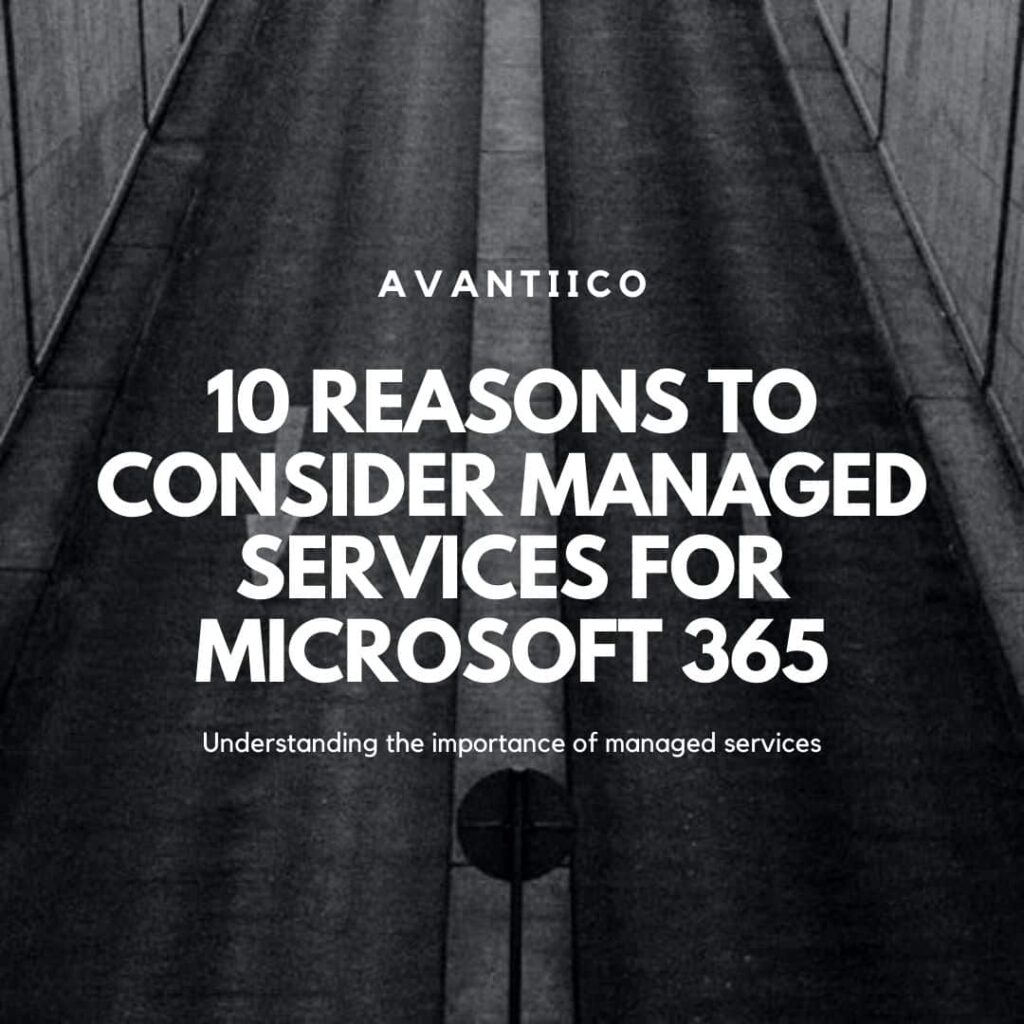Implementation, Microsoft Dynamics 365, Selection
Microsoft Business Central vs. Dynamics 365 F&SCM: A Comparison
Deciding between MS Business Central vs. Dynamics 365 Finance & Supply Chain Management comes down to the complexity of your business. While Business Central is generally best for SMBs with simpler needs, Dynamics 365 FSCM is designed for larger enterprises with fragmented operations — but it all depends on your unique business needs.
Introduction
Choosing the right ERP system for your company can feel like a daunting task. With so many vendors offering a variety of solutions, it often becomes confusing, especially since many vendors have multiple ERP systems available. Microsoft is no exception in this regard, as it offers two key ERP systems to consider: Business Central and Dynamics 365 FSCM.
What Is An ERP System?
An ERP system, or Enterprise Resource Planning system, is a type of software that helps businesses manage and integrate their various operations. Think of it as your company’s digital backbone that connects all the different parts of your company, such as finance, HR, inventory, and customer service. By bringing these functions together, ERP software streamlines processes, improves efficiency, and provides valuable insights into your business’s performance.
For example, an ERP system can automate tasks like generating invoices and tracking employee time, freeing up staff to focus on more strategic work. It can also help you make better decisions by providing real-time data on your business’s health. The advantages of a well-executed ERP system are significant. It empowers your business to:
- Enhance Efficiency
- Facilitate Informed Decision-Making through increased transparency
- Adapt to Market Changes with enhanced visibility
- Deliver a Better Customer Experience
- Comply with Regulations
- Increase in productivity through automation
- Elevated security
This is just the tip of the iceberg when it comes to the advantages of a modern cloud-based ERP system. Before we dive into the differences between Microsoft Dynamics 365 FSCM and Business Central, let’s get a quick understanding about the two products.
What Is Dynamics 365 FSCM?
Microsoft Dynamics 365 Finance and Supply Chain is recognized as Microsoft’s enterprise solution. It uses a modular approach to integrate financial and supply chain operations, providing intelligent insights, scalability, and seamless integration with other Microsoft products, and is designed to meet the needs of large enterprises with complex requirements.
What is Microsoft Business Central?
Business Central is Microsoft’s solution designed for small to medium-sized businesses (SMBs). While its functionalities are similar to those of Dynamics 365 Finance Supply Chain Management (FSCM), the scope is more limited. Some of the gaps in Business Central can be addressed with Independent Software Vendor (ISV) solutions, which are typically included in the standard features of Dynamics 365 FSCM. With this understanding, let’s dive into some of the key differences between D365 FSCM and Microsoft BC. Here are the three key differences:
- Implementation Price and Time
- License
- Functionalities
Business Central vs. Dynamics 365 FSCM: Differences
While both Business Central and Dynamics 365 FSCM are powerful ERP solutions from Microsoft, they cater to different business needs and come with distinct pricing, licensing, and functional capabilities.
Implementation Price and Time
Every consultant will tell you that implementation time depends on three factors: the customer, the complexity, and the scope of the project. While this is generally correct, that answer isn’t particularly helpful. Here’s a clearer overview of implementation pricing:
Microsoft positions Business Central as a ‘mid-market’ solution in contrast to the more complex and extensive Enterprise Solution found in Dynamics 365 FSCM. As a result, the implementation costs for Business Central are much lower, typically about 30% of those for FSCM.
The duration of these implementation projects can also vary significantly. When consulting with our experts, the common response is: “it depends.” Again, not helpful. A key factor that influences implementation time is the availability of internal resources, which may not be as plentiful in mid-market companies.
Implementing ERP systems generally requires companies to allocate three to five times the number of consulting hours in internal effort. In contrast, larger enterprises can dedicate resources exclusively to their ERP projects, making for a more efficient implementation process.
You probably want an estimate of how long these projects will take. To provide a rough guideline, we can again apply the 30% rule: If my FSCM project takes 750 consulting days, the equivalent Business Central project would take about 250 consulting days.
Licensing
Microsoft’s licensing system is complex enough to warrant its own Ph.D. track, but I’ll try to guide you through the core differences between licensing for Microsoft BC and Dynamics 365 FSCM in simple terms.
FSCM is a larger tool that offers significantly more modules, which leads to a higher initial monthly cost for its licensing. In contrast, Business Central offers two types of licenses: Essentials and Premium (the latter includes Manufacturing and Service Management), each with differing price points. Essentials starts at $70 per user per month, while Premium is $100 per user per month. The only additional features in Premium are service order management and manufacturing.
While the base license cost is an important factor, we must also consider the complexity of the implementation. As businesses grow and require more legal entities and additional localization packages, the licensing costs for Business Central can actually exceed those of FSCM. This analysis doesn’t even include potential add-ons that BC may require to fill functionality gaps.
The more complex your business processes, the more add-ons and localization options you will need with Business Central. On the other hand, FSCM offers sufficient functionality within its standard offerings. This discrepancy has a direct impact on licensing costs, as Business Central tends to become more expensive with increased complexity.
Functionalities
This is probably the reason why you’re here – to explore the functional differences between Microsoft Business Central and Dynamics 365 FSCM. Luckily for you, we have a table overview for quick and easy comparison:
| Feature | Business Central | Dynamics 365 FSCM |
| Financial Management | YES | YES |
| Intercompany | Limited | YES |
| Sales and Customer Management | YES | YES |
| Purchasing and Vendor Management | YES | YES |
| Inventory Management | YES | YES |
| Manufacturing | YES (Premium only) | YES |
| Project Management | YES | YES |
| Warehouse Management | YES | YES |
| Service Management | YES (Premium only) | YES |
| Human Resource Management | NO | YES |
| Marketing | limited | NO |
| Retail Management | NO | YES |
| Artificial Intelligence (AI) – Dynamics 365 Copilot | limited | YES |
| Power Platform Integration | YES | YES |
| Machine Learning (ML) | YES | YES |
As you can see, Microsoft Dynamics 365 Finance & Supply Chain Management offers a more comprehensive suite of features compared to Microsoft Dynamics 365 Business Central. While both solutions provide core financial management, sales, project management, purchasing, and inventory capabilities, Dynamics 365 F&SCM excels in advanced functionalities like intercompany transactions, manufacturing, HR management, retail management, and AI tooling. Business Central, on the other hand, is a more streamlined solution with certain limitations, and is more suitable for smaller businesses with simpler needs.
Which System Should I Choose?
You know by now what a consultant would say: “That depends.” If your company is in between systems, the only way to make an informed decision is to create a fit-gap analysis to map out your requirements against the product functionalities. As previously said, Microsoft labels the solution as mid-market (Business Central) and Enterprise (FSCM).
The size or number of users isn’t completely irrelevant, but also isn’t the driving factor behind that decision. It all comes down to your unique business needs. If you’re currently deciding between Microsoft Business Central and Dynamics 365 Finance and Supply Chain Management, fill out the form below and we’ll guide you through your decision process.






